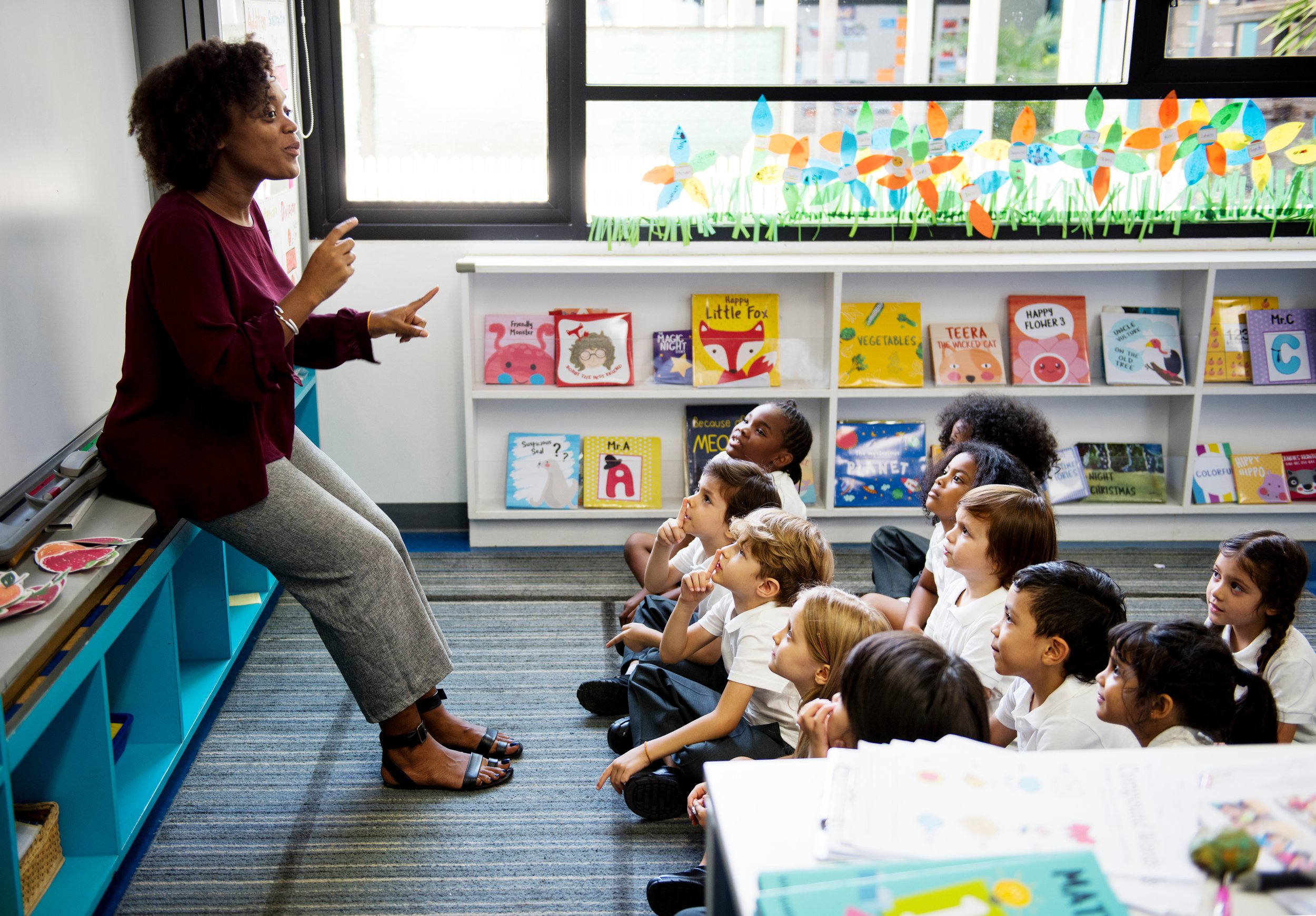Will AI Take all the Teacher’s Jobs?
The concern that new technologies might replace human jobs is not new. Throughout history, innovations like the printing press and the Internet have sparked fears of job loss. Today, with the rapid advancement of artificial intelligence (AI) in educational technology (EdTech), a similar question arises: Will AI take teachers' jobs? The answer is complex. While AI can significantly transform education, it cannot replace the essential role of teachers. Instead, AI will augment teachers' capabilities, enabling them to work more efficiently and meet the diverse needs of students. This presents an optimistic future where AI and human teachers can work hand in hand to revolutionize education.
AI will always be less than human interaction because it is not human. It is based on the work of humanity, a grand illusion of humanity, but it is not humanity. Can we learn things via AI or Robots? Of course, we can. But is it always the best way to learn? I don't think so because the qualities that make a great teacher are precisely what AI has a tough time replicating.
A great teacher, especially in early learning, is transferring so much more than the mere lesson at hand. The lesson is the easy part. In fact, we have long relied on technology to transfer the lesson: Books, film strips, videos, CD-ROM, the Internet, etc. We have always relied on technology to support teachers, although some of these methods were also initially derided. Can we learn lessons solely through these technologies? Absolutely, we could, so why haven’t teachers been supplanted by them? Because there is undeniably so much more to teaching than the lesson at hand.
The Power of Personal Interaction
From a student’s perspective, the classroom is a dynamic environment where they learn far more than just academic content. When students interact with teachers, they learn to read and interpret social cues such as body language, tone of voice, and facial expressions. These non-verbal communications are critical for understanding the emotions and intentions of others, which is a vital skill in personal and professional relationships. For example, a teacher’s encouraging smile can boost a student’s confidence, while a look of concern can signal that additional support is needed.
Developing Social Skills
Being in a classroom with other students also teaches children essential social skills. Under the guidance of a teacher, students learn to collaborate, share, and resolve conflicts. They practice taking turns, listening to others, and expressing their own ideas in a respectful manner. These interactions are fundamental for building empathy and understanding different perspectives. In group activities, for instance, students learn to negotiate roles, manage disagreements, and work together towards a common goal. These are experiences that an AI cannot replicate, as they require nuanced human interaction and the ability to adapt to a wide range of social situations.
Emotional Intelligence
Teachers play a crucial role in helping students develop emotional intelligence. They provide a safe space for students to express their feelings and learn how to manage them. Through daily interactions, students observe and mimic how teachers handle stress, celebrate achievements, and show compassion. This modeling helps students learn to regulate their own emotions, develop resilience, and build healthy relationships. A teacher's ability to provide comfort during a student’s difficult times, such as offering a kind word or a listening ear, can have a profound impact on a child’s emotional well-being.
The Importance of Classroom Community
The sense of community fostered by a teacher in the classroom is another critical aspect of a student’s development. A classroom where students feel they belong boosts their self-esteem and motivation to learn. Teachers create this sense of community through team-building activities, class discussions, and inclusive practices that make every student feel valued. This environment helps students develop a sense of identity and belonging, which is crucial for their overall development. The shared experiences and relationships built in a classroom community are instrumental in shaping a child’s social and emotional growth.
While AI has the potential to enhance education by personalizing learning and automating administrative tasks, it cannot replace the multifaceted role of a teacher. From the student's perspective, the human elements of teaching—interpreting social cues, developing social skills, building emotional intelligence, and fostering a sense of community—are irreplaceable. These experiences are crucial for overall development and cannot be replicated by AI. As we integrate AI into education, we must remember that the heart of teaching lies in the human connections and interactions that profoundly shape students' lives.


